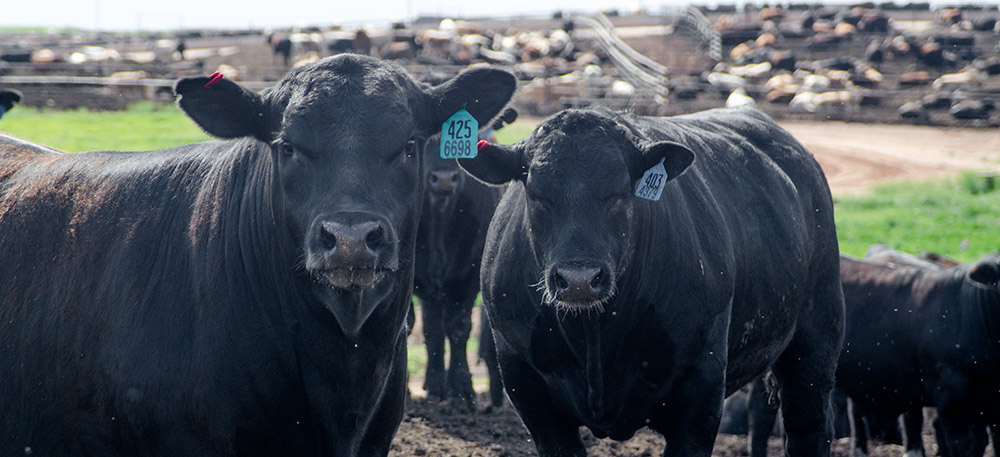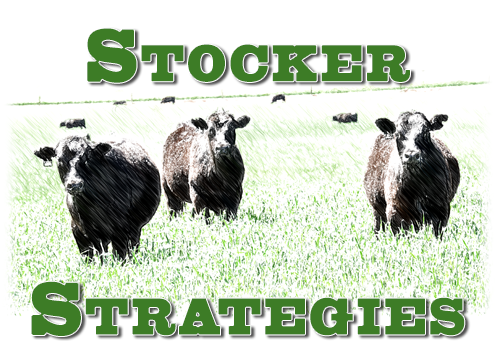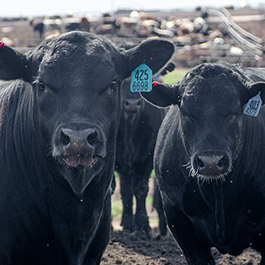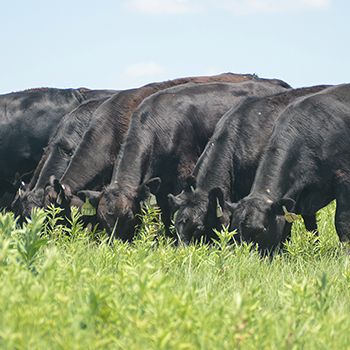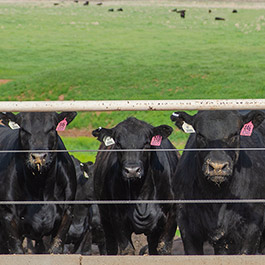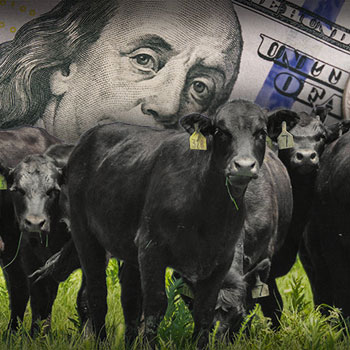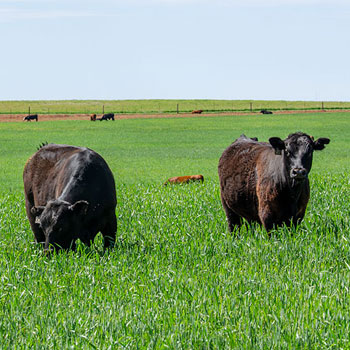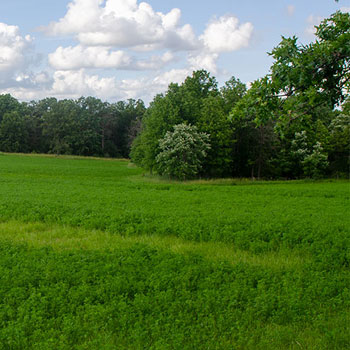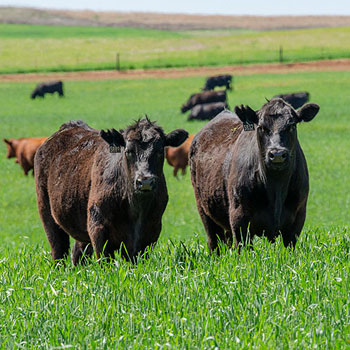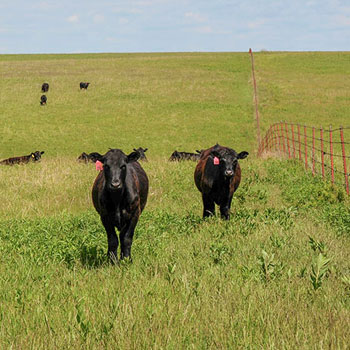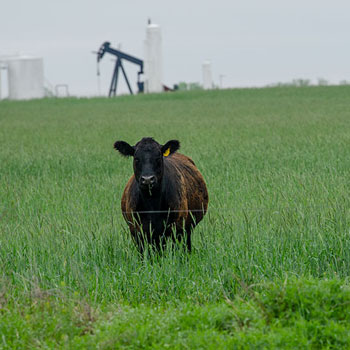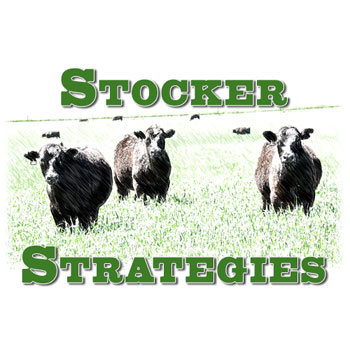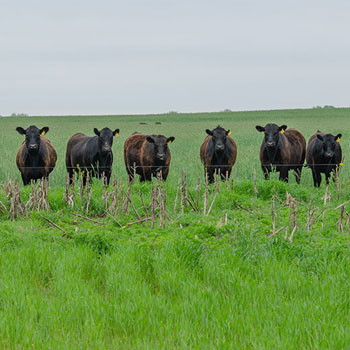Data at the Speed of Commerce
State pilot traceability projects combine to form national voluntary program.
The human pandemic is a huge neon arrow pointing to the need for traceability. Knowing the origins of the disease and its movement helps keep people and animals safe. The same can be said for the cattle industry. Coronaviruses are nothing new to livestock, but COVID-19 illustrates that diseases can mutate and spread rapidly. African Swine Fever, avian flu, and foot-and-mouth disease are all looming threats to our nation’s protein supply. Having a traceability system in place will help mitigate long-lasting effects.
Self-care Crucial During Times Of Anxiety, Stress
AgriLife Extension offers mental health tools, tips.
It is normal for adults and children to experience anxiety during stressful events like the current worldwide pandemic surrounding the novel coronavirus. Whether it’s the fear of contracting COVID-19, disruptions to work and school schedules, or the myriad of related concerns, stress is an expected and normal response.
Your Health: New Nutrition Labels
FDA launches nutrition facts label education campaign.
The U.S. Food and Drug Administration announced the launch of the “New Nutrition Facts Label: What’s In It For You?” education campaign. This campaign is designed to increase awareness of the new Nutrition Facts label for packaged foods, which reflects updated scientific information, including the link between diet and chronic diseases such as obesity and heart disease. It is intended for the general population and subpopulations at increased risk of nutrition-related chronic disease.
What Can I Pay?
Cattle producers put a pencil to purchasing spring stocker calves.
Cattle producers across Tennessee and the Mid-South often purchase stocker calves in the spring to put relatively cheap gain on the calves by using fescue/clover pasture. Fescue/clover pastures tend to produce large amounts of forage during spring and early summer, which provides adequate nutrition for growing stocker animals. Producers then look to market these animals later in the year when fescue growth slows due to increased temperatures.
Common Ground
Value-based marketing comes to feeder cattle.
There was a time in our industry when all beef was valued at the same price. Then along came the USDA grading system. It was originally developed to make sure our troops were getting high-quality meat, but it has evolved into a system of grades and brands that predict yield, consistency and consumer eating satisfaction. The marketplace has adjusted. Today the value of a 900-pound USDA Prime carcass can easily bring $400 more than a similar carcass grading USDA Select.
U.S. Using Less Water for Livestock than in 1960
Analysis finds advances have driven down water costs of meat, milk, eggs.
Six decades after pouring water into its livestock production, the United States is investing relative drops in the bucket to produce its meat, milk and eggs, says a recent analysis from Nebraska’s Daugherty Water for Food Global Institute.
BQA Pays
BQA is the ‘right thing to do’ and it pays.
While producers have traditionally participated in Beef Quality Assurance (BQA) because it’s the right thing to do, there is sound research that indicates BQA-certified producers can benefit financially, as well. According to a recent study by the Beef Checkoff-funded BQA program and conducted by Colorado State University, results show a significant premium for calves and feeder cattle sold through video auction markets.
